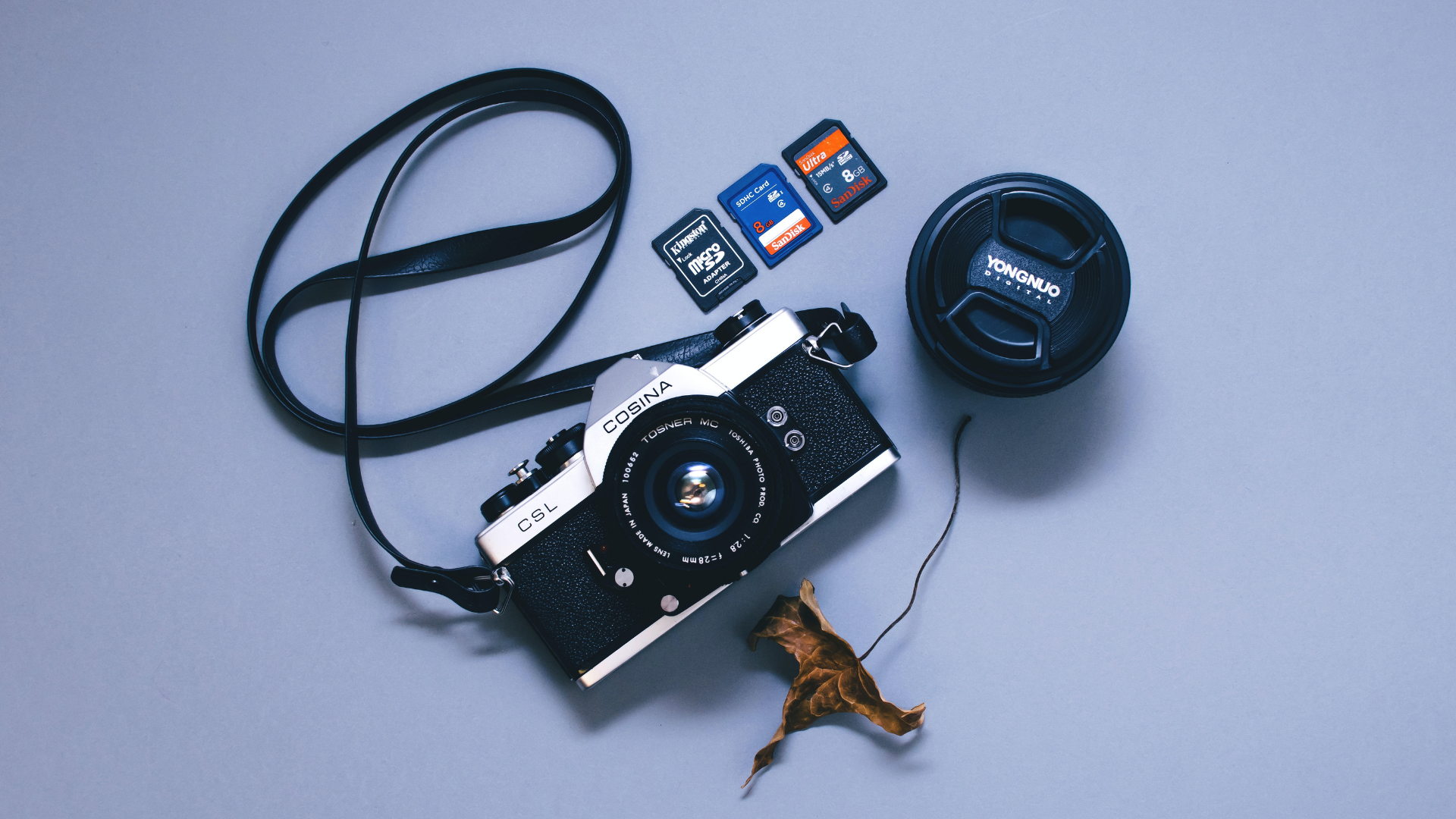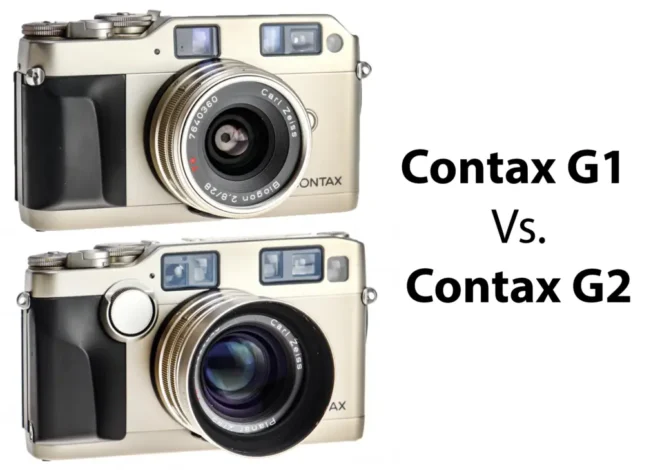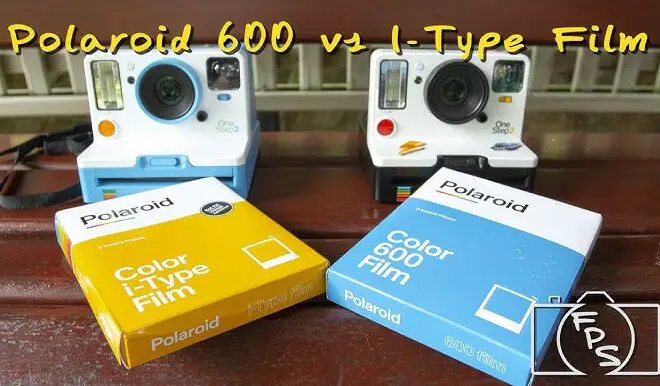
Nikon D5600 vs. D7500: Which Camera Should You Go For?
As an Amazon Associate, I earn from qualifying purchases.
Nikon’s D5600 and D7500 DSLR cameras are both parts of Nikon’s enthusiast-level camera lineup. Because of the significant differences between these two models, one camera may be preferable depending on your preferences and needs.
After considering everything, the winners can be either the Nikon D5600 or D7500, depending on your personal preferences for needs and cost considerations.
Continue reading the article to find out why the D7500 is the better choice of these two incredible cameras.
Nikon D5600 vs. D7500: Quick Comparison Table
Here are some quick comparisons between the two cameras:
| Features | D5600 | D7500 |
| Sensor Type | CMOS | CMOS |
| Effective Megapixels | 24.2 | 20.9 |
| Approximate Pixel Pitch | 3.92 microns | 4.22 microns |
| Aspect Ratio | 3:2 | 3:2 |
| Continuous-mode frames/second: | 5.1 | 8.2 |
| Movie Resolution | 1920×1080 (60p/50p/30p/25p/24p) 1280×720 (60p/50p) | 3840×2160 (30p/25p/24p) 1920×1080 (60p/50p/30p/25p/24p) 1280×720 (60p/50p) |
| Focal Length | 18 – 55mm | 16 – 80mm |
| Battery Life | 970 shots | 950 shots |
What are the Differences Between Nikon D5600 and D7500?
Nikon D5600 and D7500 are very different from one another, yet they also share certain similarities.
Let’s first examine the similarities between the two cameras before moving on to the differences:
– The APS-C sensor, which is smaller than a full-frame sensor but produces exceptional image quality, is present in both cameras.
– The EN-EL14A rechargeable battery is the same for both cameras and offers a similar battery life of 970 shots on the D5600 and 950 shots on the D7500.
– Like the D5600, the D7500 has a variety of creative modes, such as manual, aperture priority, and shutter priority, as well as additional features like filters and special effects.

Nikon D5600

Nikon D7500
Now let’s have a brief discussion about the differences between Nikon D5600 Vs D7500:
Sensor and Processing Engine:
The D7500 has a 20.9-megapixel APS-C CMOS sensor, while the Nikon D5600 has a 24.2-megapixel one.
Since the D5600’s sensor has a little better resolution than the D7500’s, it can capture slightly more detail in the photographs.
The D7500’s sensor, on the other hand, has a slightly wider pixel pitch, allowing it to capture light well and create images with better quality in dim lighting.
The D7500 boasts a new and more potent EXPEED 5 processing engine, while the Nikon D5600 is outfitted with an EXPEED 4 image processing engine.
In comparison to the D5600’s 5 frames per second, the EXPEED 5 engine can handle larger image files and enable quicker burst shooting speeds of up to 8 frames per second.
Unlike the D5600, which only supports Full HD video, the D7500’s EXPEED 5 engine offers 4K video recording.
Autofocus System:
The 51-point focusing system of the Nikon D7500 is more sophisticated than the 39-point autofocus system on the Nikon D5600.
The TTL phase detection AF mechanism used by both cameras enables quick and precise autofocus performance.
The D7500 has a wider and more thorough AF coverage since the AF points on the D5600 cover a smaller portion of the frame than do those on the D7500.
If we think about the performance of the autofocus system, The D7500’s AF system is more advanced and offers superior performance compared to the D5600.
Even in low light, the D7500’s AF system is quicker and more precise.
Better subject-tracking features on the D7500 are also advantageous for sports and action photography.
Moreover, the D7500 features other autofocus choices including Group-Area AF and Auto-Area AF, which give users more freedom and alternatives in a variety of shooting circumstances.
Screen:
Both cameras have a 3.2-inch LCD screen, but the D7500’s screen provides a higher resolution than the D5600’s.
The screen on the D5600 has a resolution of 1037k, while the screen on the D7500 has a resolution of 922k.
The D7500’s screen is also touch-sensitive, allowing for an easier and more intuitive menu and setting navigation.
It is worth mentioning that the screen on the D7500 is more durable than the one on the D5600 because it is made of tempered glass and has a fluorine coating that repels water, dust, and dirt.
The screen on the D5600 is less durable and more susceptible to scratches and damage.
Battery Life:
A camera’s battery life is an important consideration because it determines how long you can shoot before having to recharge or replace the battery. The battery life of the Nikon D5600 and D7500 differs due to the type of battery used and the power consumption.
The D5600 and D7500 use different batteries, and CIPA testing shows that the D5600’s battery lasts about 20 shots longer than the D7500’s. With a battery life of over 900 images, this is a negligible difference. Mirrorless camera users can only hope to get this many shots from a single charge.
Video:
Both cameras can record Full HD 1080p video, but the D7500 can also record 4K UHD (3840 x 2160) video, which is four times as high as Full HD.
The D5600 can capture Full HD video at up to 60 frames per second (fps), while the D7500 can capture Full HD video at up to 60 fps and 4K UHD video at up to 30 fps.
The D7500 also has a slow-motion mode that allows it to shoot Full HD at 120 fps for playback at 30 fps, whereas the D5600 does not.
Moreover, during video recording, both cameras allow for manual control of exposure, focus, and audio recording.
Additional video features on the D7500 include 4K UHD time-lapse and electronic vibration reduction (E-VR) for smoother video when shooting handheld.
The D7500 also has a dedicated movie mode and can save video still frames as JPEG images.
In short, while both the Nikon D5600 and D7500 can shoot Full HD 1080p video, the D7500 offers superior video capabilities, including 4K UHD video, higher frame rates, slow-motion mode, and additional video features. If video recording is important, the D7500 may be a better option.
Price:
The Nikon D5600 and D7500 are both excellent cameras, however, their prices differ because of variations in features and capabilities.
My study says that the Nikon D5600 typically retails for around $ 654, while the D7500 typically retails for around 1,084 for the body only.
The D7500 costs more because it has more advanced features, such as a higher-resolution sensor, faster autofocus system, better weather-sealing, improved ergonomics, and advanced video capabilities, including 4K video recording.
Furthermore, the D7500 is intended for more advanced users who require more control and customization options, whereas the D5600 is intended for entry-level users who want a user-friendly and affordable camera.
Nikon D5600 or D7500: Why Nikon D7500 Should Be Your Final Choice?
The final choice between the Nikon D5600 and D7500 depends on a variety of factors, such as your specific needs, preferences, and budget.
The D7500 has a more advanced sensor and processing engine, resulting in better image quality, particularly in low-light situations. However, the D5600 still has a capable sensor and can produce high-quality images, so if image quality isn’t your top priority, the D5600 may suffice.
Besides that, the D7500 has a more advanced autofocus system than the D5600, making it more suitable for action and sports photography. If you intend to photograph fast-moving subjects, the D7500’s autofocus system could be a significant benefit.
Furthermore, the D7500 outperforms the D5600 in terms of video capabilities; however, the D5600 surpasses the D7500 in terms of battery life.
The D7500 is larger and heavier than the D5600, which some users may prefer. If you prefer a smaller and lighter camera, the D5600 may be a better fit.
The D5600 may show advantages in size and weight, battery life yet the D7500 is unquestionably the winner if you’re seeking for a camera that can handle more difficult shooting circumstances and produce better photographs.
- Read Also: Sony A7IV vs. A7RV: Features, Specifications and Differences
- Read Also: Sony A1 vs. A7R IV: Which Camera Should You Choose?
- Read Also: Nikon Z5 Vs. Z50: Which Mirrorless Camera Should You Go For?
- Read Also: Nikon D3500 vs Canon T7: Which Camera Should You Choose?
- Read Also: Nikon D780 vs D850: A Closer Look at Two Flagship Cameras?



